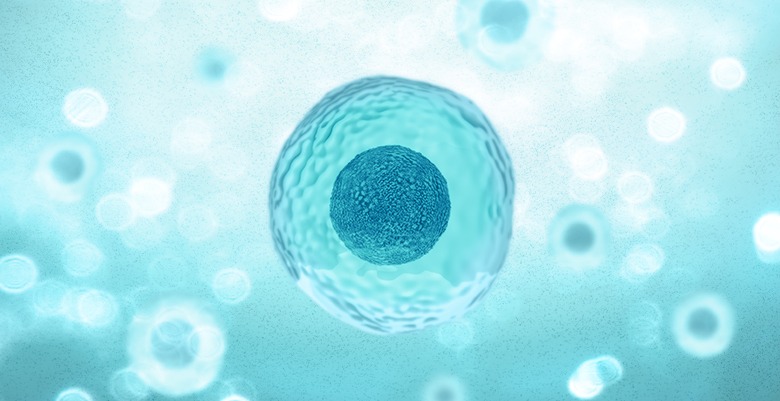New method to purify cell types to high purity
Researchers from the group of Alexander van Oudenaarden at the Hubrecht Institute (KNAW) have developed GateID, a new method that can purify a cell type of interest from a tissue without the use of antibodies or a genetic reporter.
Researchers from the group of Alexander van Oudenaarden at the Hubrecht Institute (KNAW) have developed GateID, a new method that can purify a cell type of interest from a tissue without the use of antibodies or a genetic reporter. GateID allows researchers to isolate a variety of cell types, such as stem cells, in order to study them in more detail. The researchers have published their results in the scientific journal Cell on the 3rd of October.
There are many different cell types and subtypes carrying out different tasks in the body. For example, stem cells are a rare subtype of cells crucial for organ formation and maintenance. Additionally, tumors consist of different cell types, each one potentially responding differently to treatment. Overall, studying individual cell types and subtypes is important to obtain a better understanding of their properties and function in health and disease.
Until now, single cells that belong to a certain cell type of interest, such as stem cells, are purified based on specific markers present on the outside of the cell. For the purification, researchers use fluorescent antibodies able to bind these markers or generate genetically modified organisms where the cells of interest are fluorescently labeled. In both cases, the fluorescent cells can be detected and specifically purified by a flow cytometer. While powerful, these approaches are not always available. For example, genetic modifications are impossible in humans and antibody availability are not always available. Therefore, certain cell types remain inaccessible to researchers due to the lack of purification solutions.
Researchers at the Hubrecht Institute have developed a new tool, GateID, that enables the purification of cell types purely based on the native characteristics of the cells, such as shape, size and granularity, which can be measured by a flow cytometer. This new approach makes it possible to purify a cell type of choice without having to resort to genetically modified organisms or commercially available antibodies.
GateID information from inside and outside the cell. First, researchers generate a dataset by collecting single cells from the organ or tissue of choice. For each single cell, both the native characteristics of the cells (how they look from the outside) and their specific gene expression profiles (how they look on the inside) are measured. The researchers then identify the cell type of each single cell through their gene expression profiles. The native characteristics are then coupled to the identified cell type. Next, GateID is able to select the best native characteristics to purify the desired cell type in many subsequent experiments. The researchers show that GateID allows for the isolation of several cell types to high purities.
Purifying blood and pancreatic cell types
In their study, the researchers used GateID to purify four cell types from the zebrafish immune system, including blood stem cells and progenitor cells, and alpha and beta cells from the human pancreas. In the future, researchers will be able to use GateID to purify and study any cell type of choice, from stem cells to tumor cells.





ارسال به دوستان